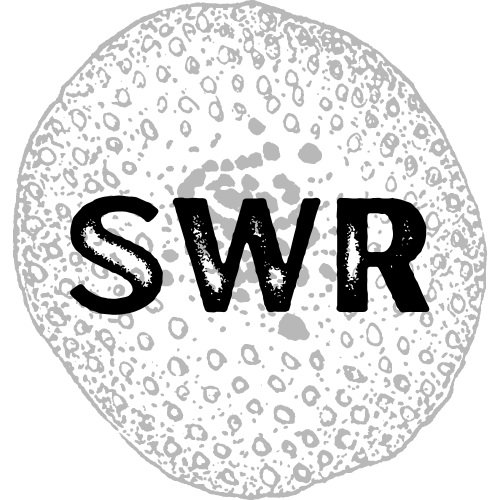published in Luma Quarterly
For many people visual art remains an inaccessible mode of expression. As either a viewer or an artist, the form is often dense with cerebral and verbose theory, filled with coded imagery, or just plain self-indulgent. For those without education who wish to make use of the medium the technical, monetary and creative challenges often prove to great to allow for these potential artists to feel confident, or even comfortable enough, to acknowledge that their work has value above their own enjoyment of the process.
This holds true for analogue photography. While cameras themselves can be easy enough to come by, the knowledge to operate them is no longer common. Delving into contemporary analogue photography is often as much about the science behind the process, as it is about the result. But without the tools needed to grasp the mechanics of a camera, or the complexities of the traditional chemistry, this art form finds itself available to an increasingly select few.
Photography has a rich history of being the People’s medium. Even from its early start when cameras were large, complicated and finicky and the chemistry was expensive and toxic, it still opened up the possibilities of portraiture and landscape to the middle and working class. It didn’t require the time and skill required by painting, or the means to hire a portrait painter. Further still the development of plastic toy and eventually point and shoot cameras truly made photography the visual medium for the everyday.
But with the ever-expanding dissemination of digital visual media, the analogue process does find itself slipping into the realm of the “elite”. So we, as photographers, are faced with the challenge of the selectivity of our medium. If we wish to continue to advocate for the traditional art form, should we seek out means for it remain accessible? It is in the humble opinion of this photographer and educator that we should. Always. So I found myself in the position of teaching analogue photography to a group of artists who find themselves on the fringes of nearly every single facet of society.
The works shown here are by artists who have lived with physical and/or developmental disabilities. Many lack the financial means to purchase a 17-dollar disposable camera. In the six short weeks that I had with them we would not have the time to address camera mechanics or printing from film in a way that they could truly understand and make their own. So the solution was to go back to the very basics of what photography is and can be. It is simply the manipulation of light. Fortunately, the tools needed to do so are inexpensive and readily available. Some black paint, a few containers, electrical tape, and a pin.
We set out, not to seek technical perfection, but to celebrate the experiment in all of its distorted and technically “imperfect” results. The only goal was to produce an image. It didn’t have to be anything specific or discernable. But that is the beauty of a hand-made pinhole. Regardless of one’s technical expertise, the camera has a mind of its own. It levels the playing field for all of us.
Without the lenses’ capabilities of fine-tuning, we have only the exposure. Without film we have only the contact print to work with. It’s simple, direct and altogether magical. In pinhole photography we not only accept but also celebrate, even work to enhance the so-called flaws of the image. The household objects used to make the exposures bring their own properties to each image, the results of which are quite unpredictable, even to the most experienced and discerning photographer.
The true People’s camera is not a camera at all, but a collection of household supplies and a centuries old understanding of what light can do. It doesn’t require meters, buttons or even more than basic dexterity. But I truly believe that the images are no less valuable than those produced through centuries of research and technological development. Like the people who created them, these images are honest, direct and unexpected.
This work was produced in the Exposure to Photography class at Studio C (a Prospect Project) with the support of the Untitled Art Society Darkroom and the pinhole know-how of Michelle Rainey and Tekoa Predika.

